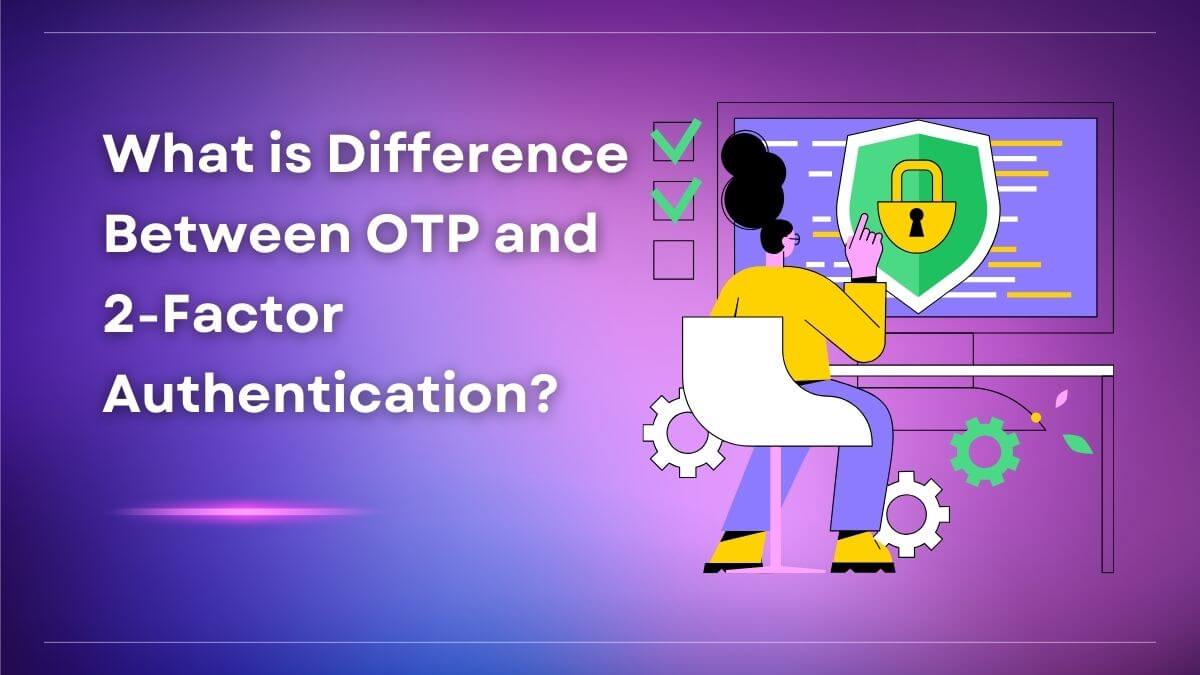Top 10 Benefits of Face Recognition Time Attendance System
Time and attendance systems are used in organisations to track employee time and attendance. They are used to calculate employee pay and monitor employee work hours.
Several types of time and attendance systems include biometric time and attendance systems, card-based time and attendance systems, and web-based time and attendance systems. One type of time and attendance system is a face recognition time and attendance system. A face recognition time and attendance system uses a camera to take a picture of an employee’s face. The system then uses software to compare the picture to a database of employee photos. The system will record the employee’s time and attendance ifitm finds a match.
Face recognition systems are the newest technology-based security solutions that offer security on premises by recognising facial features. The device captures the facial features and stores the captured patterns in the computer’s database. When the same individual revisits the premise, the face recognition system again captures the facial image and matches the old and the newest captured patterns. When it finds the match, it grants authentication; otherwise, it denies it.
10 Benefits of Face-Recognition Time Attendance Systems
Benefits of using a face recognition time and attendance system include:
Increased accuracy
Face recognition time and attendance systems are more accurate than other types of time and attendance systems. This is because they can identify employees even if they try to disguise themselves. For example, an employee might try to wear a hat or change their hairstyle to avoid being recognized by a face recognition system. However, the system could still identify the employee based on their facial features.
Reduced fraud
One of the main benefits of using a face-recognition time attendance system is that it can help to reduce fraud. This is because the system can be used to verify the identity of employees, and it is also possible to track employee attendance records. Additionally, face-recognition systems can be used to prevent employees from clocking in or out for breaks they have not taken.
The system monitors attendance in real-time, providing instant alerts in case of any discrepancies or suspicious activity. This allows employers to take immediate action and prevent fraudulent behaviour. The face recognition system would not allow the employee to clock in for the coworker because the system would not be able to recognize the coworker’s face.
Improved security
Face recognition time and attendance systems can improve security. This is because the systems can be used to track employee movements. For example, the system can be used to see if an employee is in a restricted area. If the employee is not supposed to be in the restricted area, the system can raise the alarm.
Face recognition technology accurately identifies individuals by analysing their facial features and patterns. It can differentiate between similar-looking individuals, reducing the possibility of one person impersonating another.
Decreased costs
Traditional time clock systems can be expensive to maintain, especially if they use fingerprint or hand-geometry recognition. Face-recognition systems are much less expensive to operate and maintain.
Face recognition time and attendance systems can decrease costs. This is because the systems can eliminate the need for time cards and paper time sheets. In addition, the systems can reduce the need for manual data entry.
Increased efficiency
Face recognition time and attendance systems can increase efficiency. This is because the systems can automate the process of tracking employee time and attendance. For example, the system can generate reports that show which employees are late or absent.
Improved morale
Face recognition time and attendance systems can improve morale. This is because the systems can make it easier for employees to take breaks and vacations. For example, the system can automatically deduct break times from an employee’s time sheet. This can reduce the amount of time that employees spend doing paperwork.
Easier to use
Face recognition time and attendance systems are easier to use than other types of time and attendance systems. This is because the systems do not require employees to remember to clock in or out. In addition, the systems can be used by employees unfamiliar with computers.
More accurate payroll
Face recognition time and attendance systems can provide a more accurate payroll. This is because the systems can track employee overtime. In addition, the systems can calculate employee pay based on actual hours worked.
Reduced time theft
Time and attendance systems that use face recognition technology can help reduce time theft. These systems are capable of accurately tracking employee attendance and working hours. For instance, if an employee tries to work outside their scheduled hours to log more hours and get paid more, the system can raise an alarm to prevent such fraudulent activities.
Compliance with labour laws
Face recognition time and attendance systems can help organisations comply with labour laws. This is because the systems can track employee time and attendance. For example, the system can generate reports showing which employees work overtime.

